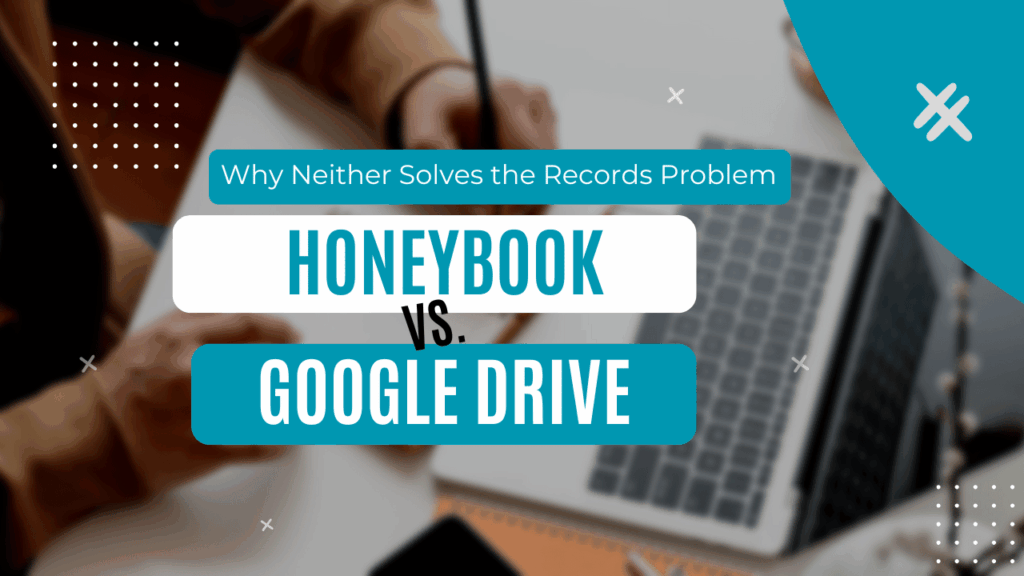If you’re wondering whether you need an IEP advocate—or want to learn how to advocate like one—you’re in the right place.
When your child qualifies for an IEP, you’re suddenly expected to navigate a complex system, master legal language, and manage a mountain of paperwork—all while trying to meet your child’s needs.
Meanwhile, professional special education advocates walk into meetings prepared, confident, and persuasive. So what do they know that most parents don’t? And how can you start thinking and acting like an advocate—even if you’re doing it solo?
🔟 Top 10 Things Professional Advocates Know (That Most Parents Don’t… Yet)
- The paper trail is everything.
If it’s not in writing, it didn’t happen. Advocates know that documentation isn’t just helpful; it’s essential. Well-organized documents—evaluations, progress reports, emails—are the foundation. - Data drives the IEP.
The entire plan should be grounded in evidence: test scores, classroom performance, progress monitoring. Without data, you’re negotiating in the dark. - Goals are more than statements—they’re commitments.
Advocates push for SMART goals: specific, measurable, actionable, realistic, and time-bound. Vague goals = vague services. - Services must match needs.
They read the data, identify needs, and make sure services are tied directly to them. No fluff, no filler. - The IEP tells a story—and it should make sense.
A great advocate sees the big picture. The documents, timeline, and progress should all point toward one coherent story about your child’s strengths, needs, and growth. - State rules matter—a lot.
Every state has its own deadlines, dispute processes, and definitions. Pros don’t settle for one-size-fits-all answers. - The IEP is a living process, not a static document.
They track progress over time, compare services to results, and revisit the plan as needed. It’s not “set it and forget it.” You don’t need to wait for an annual meeting. - Language is a tool.
They know how to phrase things to be taken seriously. “Needs help” doesn’t carry the same weight as “requires specially designed instruction.” - Preparation happens before the meeting.
They review documents, draft talking points, and define clear goals. Showing up without a plan isn’t an option. - It’s a negotiation—and a long one.
Advocates know the IEP process isn’t just one meeting. For parents, it’s a years-long negotiation about what support your child needs to thrive. Success often comes step by step.
Where to Begin: Start Like an Advocate
You don’t need to do everything at once—but you do need to start. Here’s what many professional special education advocates do as their first steps:
- Collect your records (evaluations, IEPs, emails)
- Identify what concerns you most and what data you have about it
- Know your state’s specific rules and timelines
A great primer for this is Wrightslaw’s Emotions to Advocacy, which walks parents through organizing “The File”—a structured binder of everything related to your child’s education. It’s a gold standard for learning about parent advocacy.
KidvoKit follows that same approach—digitized.
⚙️ You Can Do This Too—With Help from Smart Tools
What used to take hours now takes parents minutes—thanks to AI-powered tools like KidvoKit.
KidvoKit is a digital IEP assistant that does the heavy lifting for you:
- Sync with Gmail to automatically pull in IEP-related emails and attachments
- Use AI to summarize documents and highlight key concerns, wins, and milestones
- Build a visual timeline of your child’s journey to spot gaps and patterns
- Get plain-English explanations of your rights and what to ask for—tailored to your state
It’s fast, powerful, and built specifically for parents—not generic AI, and not a public chatbot. Everything is kept private and secure, with guidance rooted in special education expertise.
Whether you’re preparing to go it alone or thinking about hiring an advocate, KidvoKit helps you lay the foundation.
Want to Get Educated?
Learning the system makes everything easier—and more empowering. Here are a few great places to start:
- Wrightslaw.com – The gold standard for IEP law and advocacy
- Decode IEPs on YouTube – Parent-friendly videos about IEPs and dyslexia
- Your state’s Parent Training and Information Center (PTI) – Free workshops and guides
- KidvoKit’s AI Assistant – Ask IEP questions, get plain-English answers, and see how the rules work in your state. Test out the MA version (no signup required).
Thinking About Hiring an Advocate?
There’s nothing like having a knowledgeable partner at the IEP table to speak up, strategize, and hold the school accountable. Special education advocates can be a game changer!
But don’t pay someone $100/hr to sort your papers or explain the basics of the process. That’s time (and money) you can save by getting prepared with KidvoKit.
Show up ready—and let your advocate focus on advocating.
Many parents search for an IEP advocate when things feel overwhelming. But even the best advocate needs something to work with—your documentation, your goals, and a clear picture of your child’s progress. KidvoKit helps you get that in place, so when you do bring in professional help, you’re already one step ahead.
Final Thought: Every Advocate Was Once a Parent Just Starting Out
You don’t have to know everything to begin.
But the sooner you turn your records into a persuasive story and start understanding the system, the more power you’ll have to advocate with confidence—whether you do it on your own or bring someone in to help.
👉 Want to see how KidvoKit can help you prepare like a special education advocate?
Get started with a free 7-day trial



